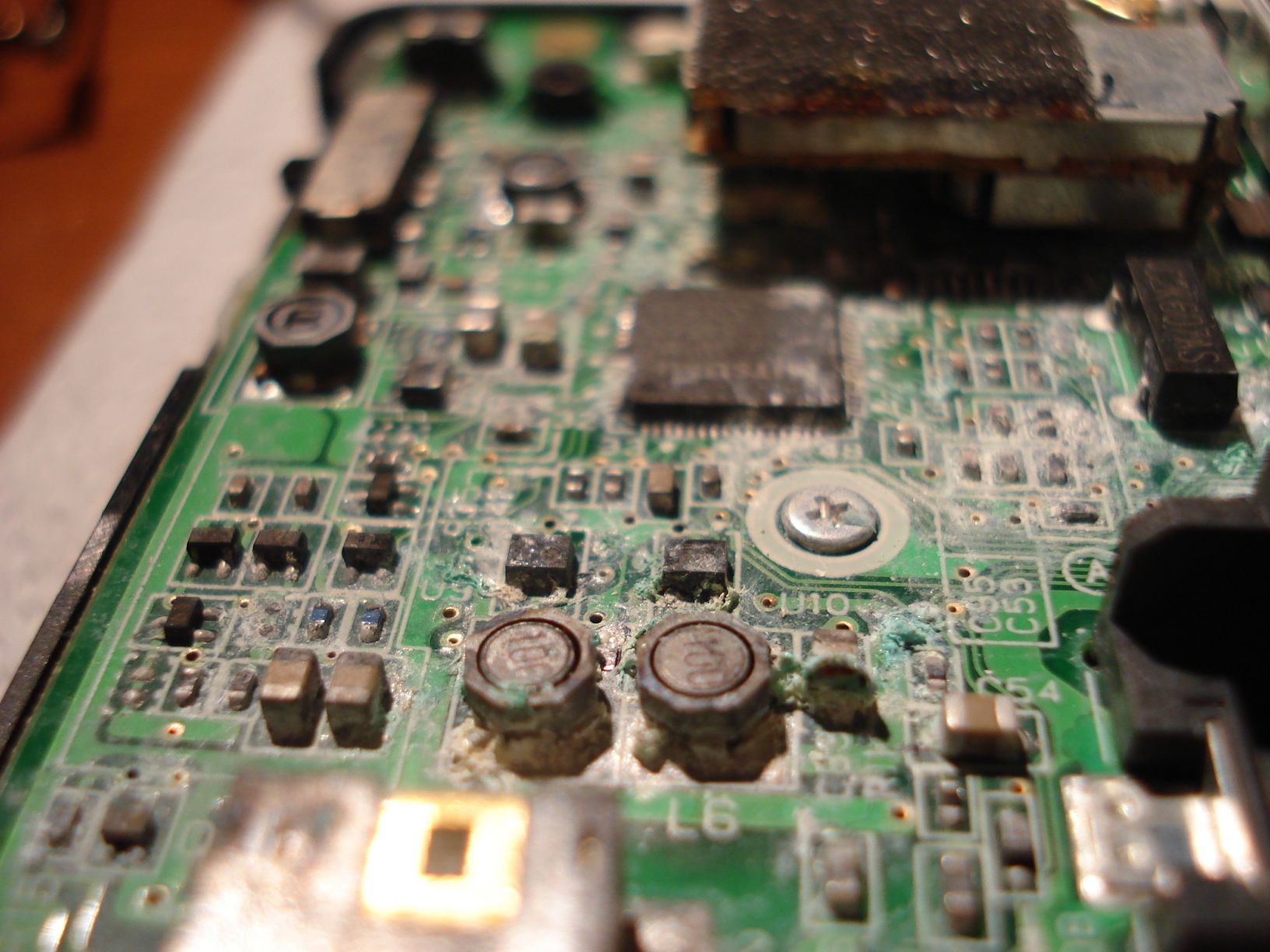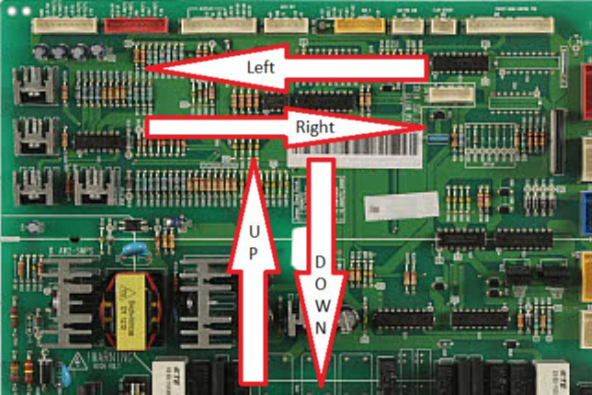How To Use GulfCoat® Products
 This overview is a Step by Step Guide of How to Apply the GulfCoat® Circuit Shield Aerosol Coating. This overview provides a summary of the correct processes and procedures for applying the products and guidelines for selecting the correct equipment.
This overview is a Step by Step Guide of How to Apply the GulfCoat® Circuit Shield Aerosol Coating. This overview provides a summary of the correct processes and procedures for applying the products and guidelines for selecting the correct equipment.
This Overview provides: Step by Step for applying GulfCoat® Circuit Shield circuit board conformal aerosol coating
WARNING
ELECTRICAL SHOCK HAZARD
Failure to follow this warning could cause personal injury or death. Before performing service or maintenance operations on unit, always turn off main power switch to unit and install lock(s)and lockout tag(s). Unit may have more than one power switch. Ensure electrical service to rooftop uni agrees with voltage and amperage listed on the unit rating plate.
CAUTION
CUT HAZARD
Failure to follow this caution may result in personal injury. Sheetmetal parts may have sharp edges or burrs. Use care and wear appropriate protective clothing, safety glasses and gloves when handling parts and servicing air conditioning equipment.
 SAFETY:
SAFETY:
Please follow proper safety policies, procedures and practices when working on HVAC equipment. Installation and servicing of air conditioning equipment can be hazardous due to system pressure and electrical components. Only trained and qualified service personnel should install, repair, or service air conditioning equipment.
NOTES:
- Ensure that the power to the unit is off and locked out
- Remove panels or covers as required gaining access to the circuit board(s) to be coated
- Surface must be free of grease, dirt and moisture – Isopropyl alcohol cleaner recommended
- Coating must be applied above 50F (10C)
- Shake until mixing ball rattles, then continue to shake for60 seconds
- It is recommended the below application technique and directions be used to ensure proper dry film thickness of 25-50 μm (1.0 -2.0 mils)
SUNLIGHT/RAIN
Avoid working in direct sunlight or working on surfaces that have been sitting in direct sunlight. Likewise, avoid working on rainy days.
NOZZLE TEST
After shaking the can as required and before any spray application, trigger a short test spray to make sure the nozzle is clear and paint is coming out properly, and uniformly (no blobs).
 SPRAY TECHNIQUE
SPRAY TECHNIQUE
Use good spray technique, which involves releasing the nozzle at each end of each stroke, so there is no paint buildup at the end of each stroke when you pause and change direction. Overlap each stroke by 50% to ensure uniform coverage. Hold the can 6-8” away from the surface. Don’t start the first stroke in the middle of the circuit board, always start spraying from one edge and always keep the spray can moving at a consistent speed and distance spraying to an opposite edge.
DRYING
Your drying times will be affected by temperature and humidity. Low temperature will slow drying times. High humidity will also slow drying times. As soon as the coated circuit board is dry to the touch, it can be placed back into service.
3-STEP APPLICATION METHOD
- While depressing the spray nozzle, move the can and apply coating to the entire board with overlapping strokes left and right keeping spray pattern vertical.
- Move can and apply coating to the entire board with overlapping strokes vertically up & down keeping spray pattern horizontal. Allow paint to become tacky, (2-5 mins depending on the environment).
- Move can and apply coating to the entire board with overlapping strokes left & right keeping spray pattern vertical. After use, invert can and spray to clear valve.






